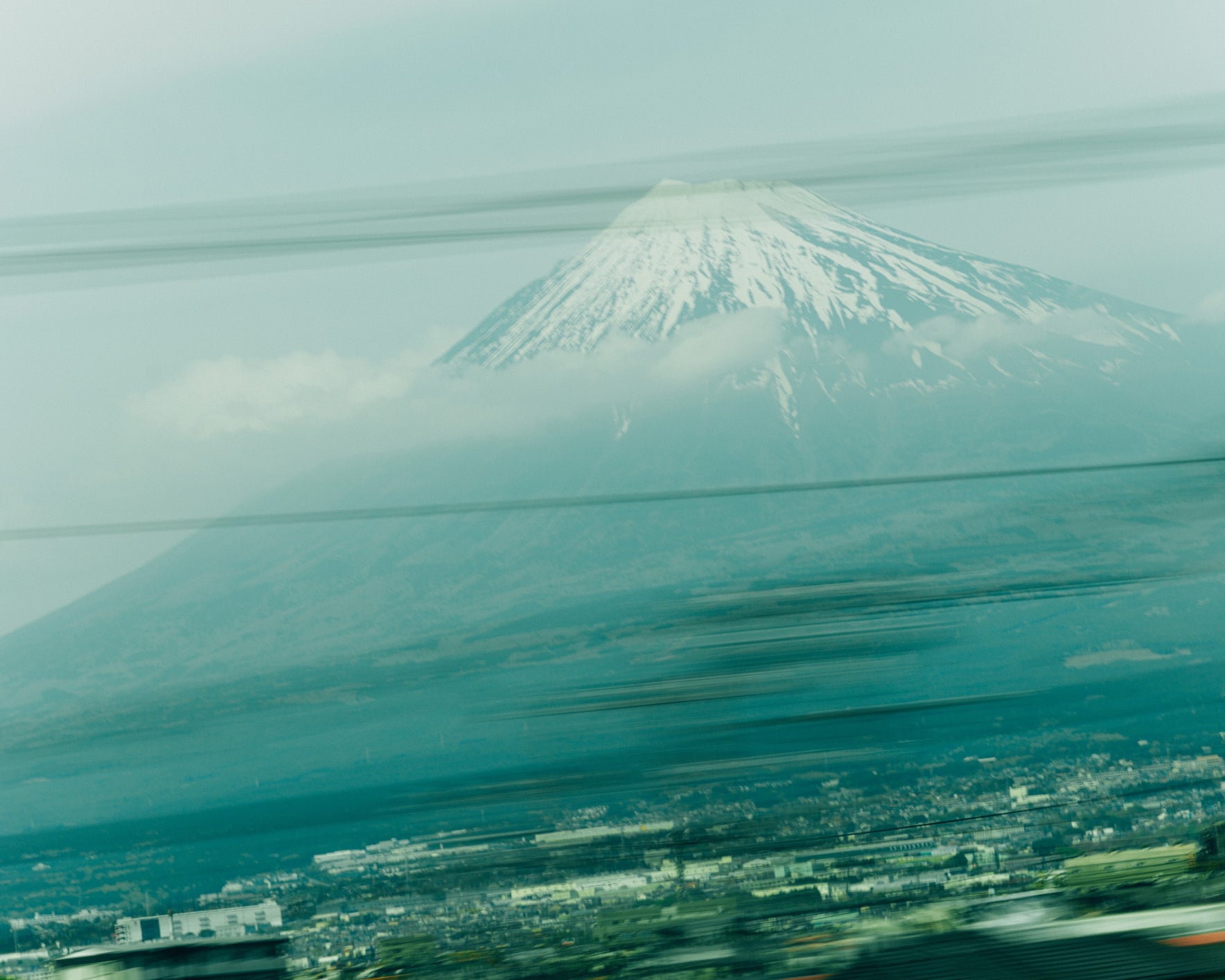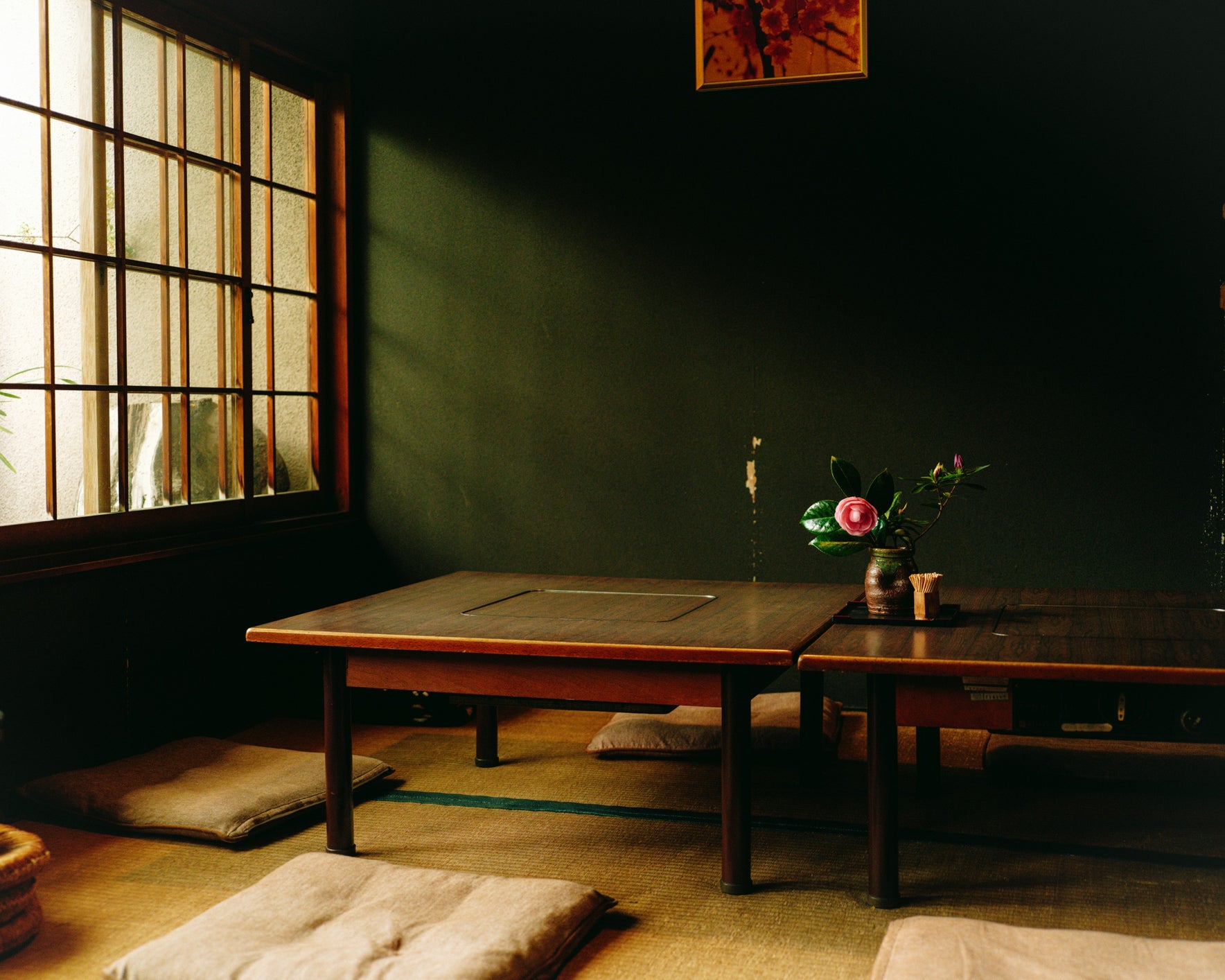
In the ever-shifting landscape of our modern world, where the boundaries between natural and artificial blur with each passing moment, Japan stands as a beacon of thoughtful design and purposeful living. A land where ancient traditions dance with cutting-edge technology, Japan offers profound lessons in the art of living, rooted in principles of harmony, mindfulness, and continuous improvement. Wandering through the bustling streets of Tokyo or the serene gardens of Kyoto, one is struck by the harmonious coexistence of the timeless and the ephemeral. This delicate balance forms the heart of Japanese culture.
The concept of mono no aware, the bittersweet awareness of transience, permeates every aspect of life here. It can be seen in the fleeting beauty of cherry blossoms, their delicate petals a gentle reminder of life's impermanence. This appreciation for the temporary nature of existence isn't a source of sadness – rather a catalyst for a more profound appreciation of mindful living.

In the practice of Shinto, a beautiful expression of humanity's connection to nature can be found. Sacred torii gates mark the boundary between the every day and the divine, inviting recognition of the spiritual disposition in all things. From ancient cedar forests to painstakingly manicured zen gardens, the Japanese reverence for nature reminds us of mankind's place within the grand tapestry of existence and the important part of protecting our shared reality.
Japanese design showcases the captivating principle of ma, which emphasizes the conscious use of negative space. It's present in architecture, art, and even in conversation, where the unsaid is as important as what is expressed. This appreciation for emptiness reminds us that sometimes, less truly is more. In his 1933 book In Praise of Shadows, Japanese literary titan Junichiro Tanizaki writes: "We find beauty not in the thing itself but in the patterns of shadows, the light and the darkness, that one thing against another creates."

The philosophy of wabi-sabi teaches us to find beauty in imperfection and meaning in earthiness. It's visible in the weathered wood of a centuries-old temple, the uneven glaze of a handcrafted bowl, and the perfectly asymmetrical arrangement of ikebana. This aesthetic sensibility celebrates the marks of wear, time, and use, finding poetry in the patina of age.
Yet, amidst deeply rooted traditionalism, Japan has situated itself at the forefront of innovation. In the laboratories of Tokyo and the creative hubs of Osaka, the relentless pursuit of progress is evident. From bullet trains that slice through the landscape with groundbreaking engineering to robots that care for the elderly, Japan embraces technology not as a departure from nature but as an extension of human capability.

This innovative spirit is not confined to technology alone. In the culinary world, Japanese chefs continually push the boundaries of gastronomy while maintaining a deep respect for ingredients and seasonality. The art of kaiseki, with its carefully curated sequence of dishes, is a testament to the Japanese talent for refinement and reinvention. At restaurants like Michelin-starred MAZ Tokyo, it's difficult to distinguish between what is art and what is food.
The concept of kaizen, or continuous improvement, resonates through every facet of society. Its philosophy encourages constant, incremental progress, whether crafting the perfect sushi or developing the latest smartphone. This commitment to excellence is not about achieving perfection but about the joy found in the journey of improvement itself. In traditional arts such as pottery, contemporary ceramic artists draw inspiration from masters like Shōji Hamada, who continually experimented with glazes and firing techniques, pushing the boundaries of their centuries-old craft.

Reflecting on these experiences, one is reminded of the concept of ikigai – finding purpose and meaning in life. It's about the intersection of what one loves, what one is good at, what the world needs, and what one can be rewarded for. Crucially, ikigai emphasizes the journey towards purpose as much as the purpose itself. In Japan's approach to life and culture, a collective ikigai is visible: a purposeful existence that values tradition, embraces change and strives for harmony with nature and technology. This national ethos embodies not just the achievement of balance but the ongoing pursuit of it in everyday life.
The juxtaposition of old and new is striking in Japan's urban landscapes. In Tokyo, ancient shrines nestle between towering skyscrapers, while in Kyoto, geisha hurry along streets lined with high-tech vending machines. This seamless blend of tradition and modernity reflects Japan's unique ability to honour its past while embracing the future.
From the meditative ritual of the tea ceremony to cutting-edge robotics labs, Japan demonstrates that innovation doesn't have to come at the cost of tradition. The country's approach offers a compelling model for navigating our rapidly changing world, reminding us that by embracing impermanence, connecting with nature, and pursuing mindful innovation, beauty, meaning, and harmony can be found in the fleeting moments of existence. ■






















